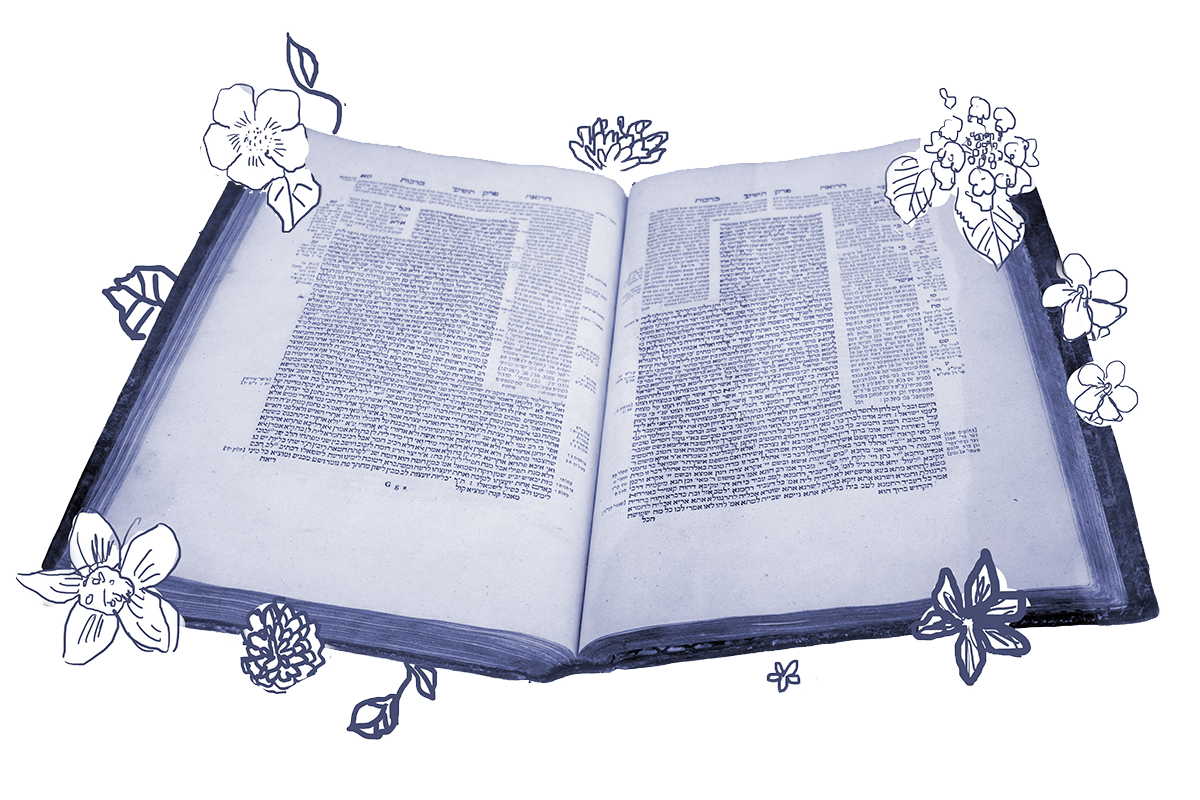Especially in Tractate Yoma, which deals with the all-important rituals performed by the high priest on Yom Kippur, secrecy and mystery are key to certain rituals in the Temple. We are meant to be kept in the dark, at least partially, about what happens in the Holy of Holies. Of course, this by itself makes the Gemara on this tractate something of an ironic bundle of contradictions since the rabbis’ mission is to lay bare every detail of the ritual.
Today’s page wrestles with the secrecy surrounding the Ark of the Covenant. This gold-covered chest for housing the Ten Commandments, hoisted on two long poles and guarded by two golden cherubim on top, was lost by the time of the Second Temple. On today’s page, the rabbis speculate about whether it was still somewhere in Babylonia (where the Jews were exiled when the First Temple was destroyed) or perhaps buried somewhere within the Second Temple itself — maybe even under the floor of the Holy of Holies. But wherever it was, at least according to one story that we read back in Tractate Shekalim and also on today’s page — in which a priest who discovers its location under a floor tile in the Temple’s Chamber of Wood is struck dead — it was meant to stay lost. This hiddenness adds to what Rudolf Otto, a 19th century pioneer of comparative religion, famously termed the mysterium tremendum et fascinans — the sense of an awesome, potent mystery. It’s a feeling we evoke to this day on Yom Kippur in the prayer Unetaneh Tokef.
But a mystery is not such a great mystery without a few tantalizing glimpses — right? Consider this discussion of the staves, the two long poles used to carry the ark:
Rabbi Yehuda raised a contradiction. It is written: “The ends of the staves were seen” and it is written (in the same verse) “but they could not be seen without.” (I Kings 8:8) How were they seen and yet not seen? … The staves of the Ark pushed and protruded and stuck out against the curtain and appeared like two breasts of a woman pushing through her clothes. As it is stated: My beloved is like a bundle of myrrh, that lies between my breasts. (Song of Songs 1:13)

Help us keep Jewish knowledge accessible to millions of people around the world.
Your donation to My Jewish Learning fuels endless journeys of Jewish discovery. With your help, My Jewish Learning can continue to provide nonstop opportunities for learning, connection and growth.
It seems a strange move, but also totally fitting, that the Gemara compares this most sacred part of the Temple to the breasts of a woman, pushing her garment out. It is a powerful analogy because it evokes all the mystery, all the hiddenness, all the longing — and all the display. It’s all there.
But if this text offers an idea that the ark was just occasionally glimpsed in partial silhouette, the next one blows the curtain right off the mystery. The Gemara next relates that when the Jewish people came to Jerusalem for pilgrimage festivals, the priests would hoist the curtain of the Holy of Holies and show them the cherubs carved on top of the ark which, according to this tradition, were a male and female cherub engaged in (ahem) adult embrace. The Gemara itself seems shocked at this tradition on multiple levels — the willingness to show the Holy of Holies to the masses, the overt sexuality of the Divine guardians of the ark. Here, Rav Nahman tries to make sense of it:
Rav Nahman said in answer: This is analogous to a bride; as long as she is engaged but still in her father’s house, she is modest in the presence of her husband. However, once she is married and comes to her father-in-law’s house to live with her husband, she is no longer modest in the presence of her husband.
Rav Nahman suggests that when the Israelites were still wandering in the wilderness, unsettled and unsure, the Divine Presence did not dwell in a permanent place, and so it was prohibited to see the sacred objects. However, once the sacred objects found their permanent home in the Temple — once the marriage was complete — once the Israelites had this central location (and perhaps a centrality of faith), they could be viewed.
There is always something titillating about the forbidden. That which was already mysterious becomes more so, and in that mystery — be it the instruments of God or the body of our beloved — we find the tremendum, the power and the awe.
Read all of Yoma 54 on Sefaria.
This piece originally appeared in a My Jewish Learning Daf Yomi email newsletter sent on June 4th, 2021. If you are interested in receiving the newsletter, sign up here.



